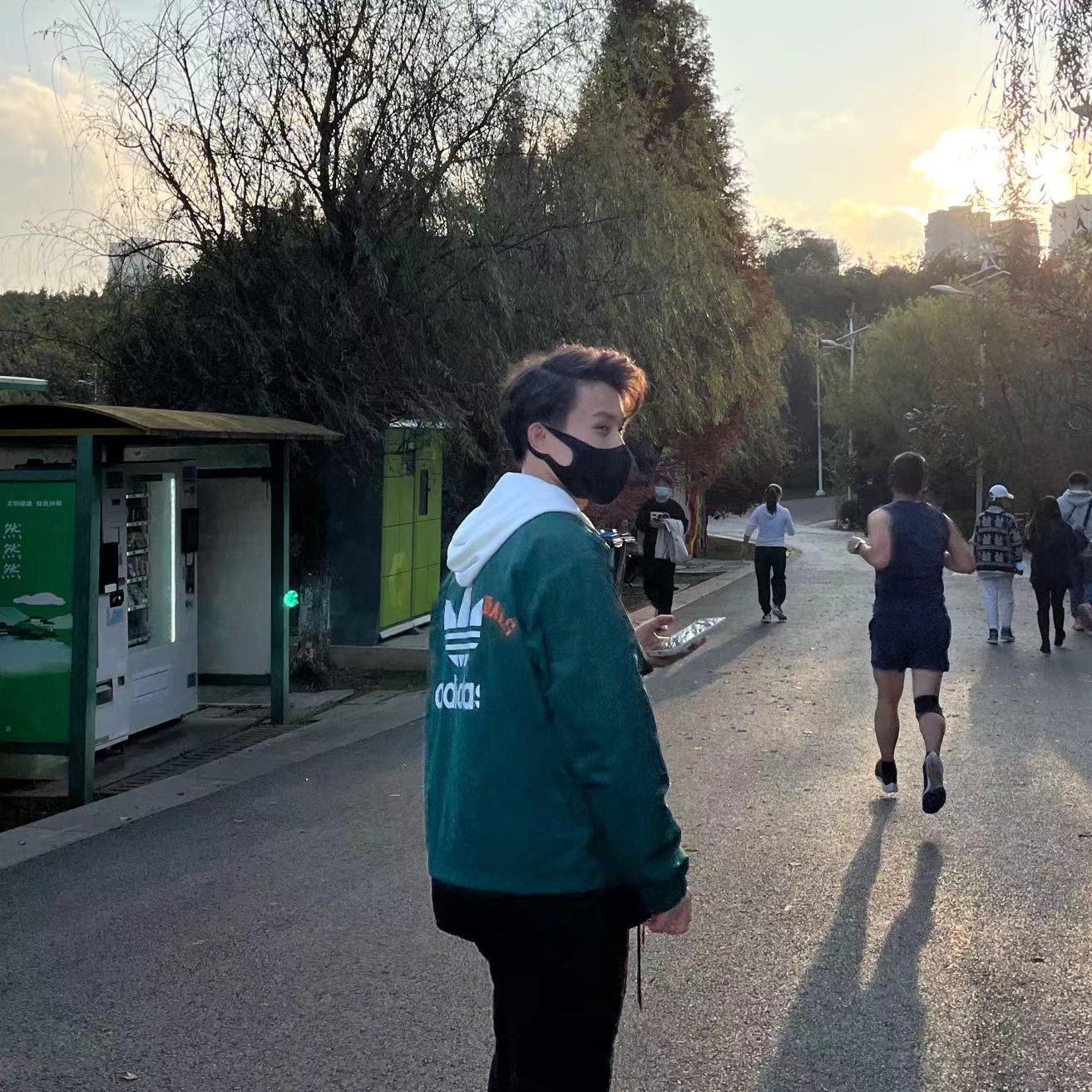Webvibe Template Kit Review for Busy Agency Devs
How I Stopped Over-Engineering Our Agency Website and Used Webvibe Instead
As the “tech person” in our digital agency, I somehow became responsible for everything that touches a server and everything that looks like a website. That includes our own marketing site — the one that always ends up at the bottom of the backlog.
I’d already rebuilt our site twice with custom code and once with a bloated theme. This time I wanted something faster and more maintainable, so I decided to try Webvibe - Digital Agency Elementor Template Kit and treat it like a frontend boilerplate instead of starting from zero again.
Here’s how that went, from a developer / admin perspective.
Why I Finally Gave Up on Hand-Rolling the Agency Site
Our stack for client projects is usually Django + Vue or a headless setup, so part of me felt guilty using Elementor for our own site. But the reality was:
- Custom builds took too long for something that rarely changes business logic
- Designers kept changing their minds about layout and spacing
- Marketing wanted to run tests on copy and sections without opening a ticket every time
So I wrote down what I actually needed:
- A clean, conversion-oriented homepage
- Case study and service layouts that don’t look like a blog hack
- A way for non-dev teammates to adjust content safely
- Something I can drop into a cheap WordPress instance and forget
Webvibe leaned straight into that use case: not a heavy theme, but a focused Elementor kit for digital agencies.
Setup: From Blank WP to Usable Layout in One Afternoon
I spun up a small WordPress instance just for the marketing site and did the usual:
- Install WordPress
- Install Elementor + required base theme
- Install the Webvibe kit plugin/importer
The kit import brought in:
- A ready-to-wire homepage
- About / Services / Portfolio / Blog / Contact templates
- Global colors and typography presets
Because it’s a template kit, it didn’t lock me into a specific theme logic. It’s just a curated set of Elementor layouts I can customize. For someone used to frameworks and component libraries, this felt surprisingly natural — I just treat the Webvibe blocks as “UI components for marketing pages.”
Configuration: Making Webvibe Look Like Our Agency (Not the Demo)
The first thing I did was define brand tokens, the same way I’d do in a design system:
- Primary color → matches our logo accent
- Secondary color → for subtle sections and badges
- Typography → one strong display font for headings, a neutral body font for everything else
Webvibe already ships with global style settings, so once I updated those, every section — hero, service cards, CTA blocks — switched over to our brand without me editing each widget.
From there I:
- Swapped the demo logos for our clients
- Rewired the CTA buttons to our real contact and booking flows
- Cleaned up placeholder copy and added real service descriptions
It took longer to write decent copy than to configure the layout.
Page-by-Page: How I Used Webvibe’s Blocks
Homepage
The default homepage structure from Webvibe already matched what I wanted:
- Hero with bold headline + primary CTA
- Services row with icons and short descriptions
- Process / “How we work” timeline
- Case study previews
- Testimonials
- Final CTA
I mostly rearranged the sections and killed anything we didn’t need yet (pricing table, extra CTA strip). Elementor made this drag-and-drop instead of template surgery.






